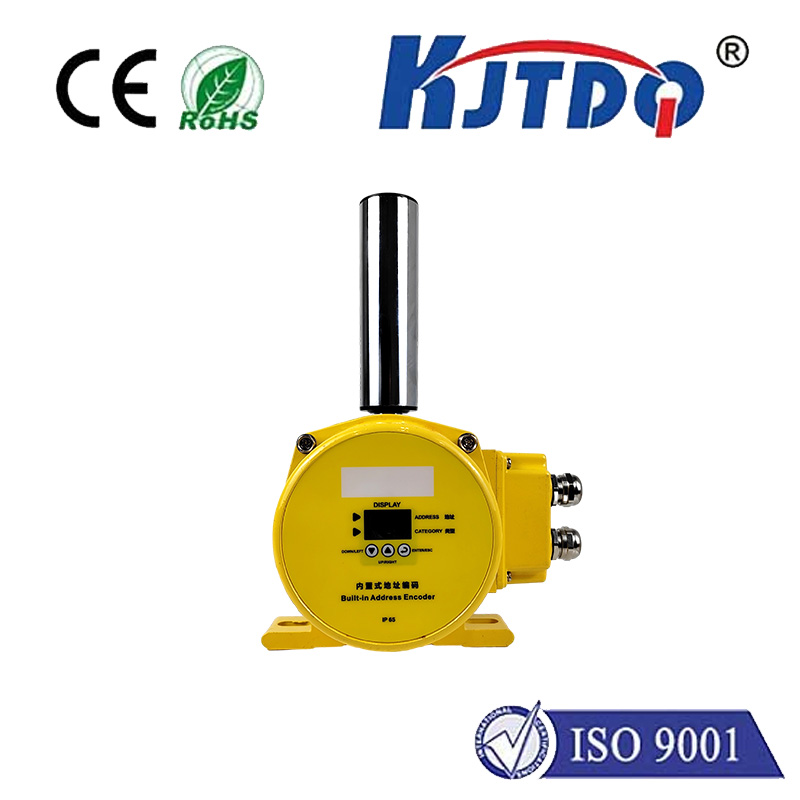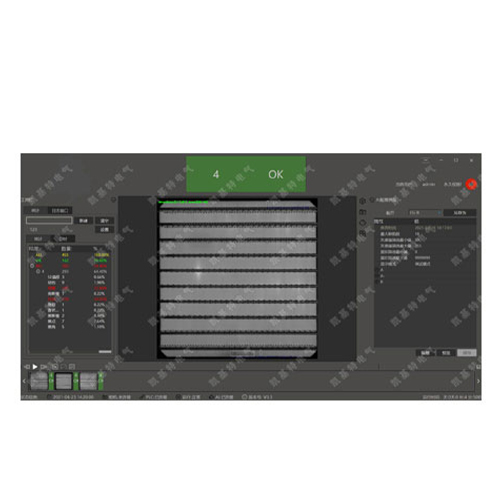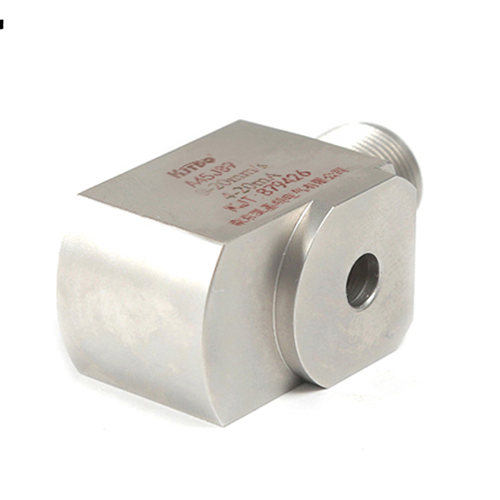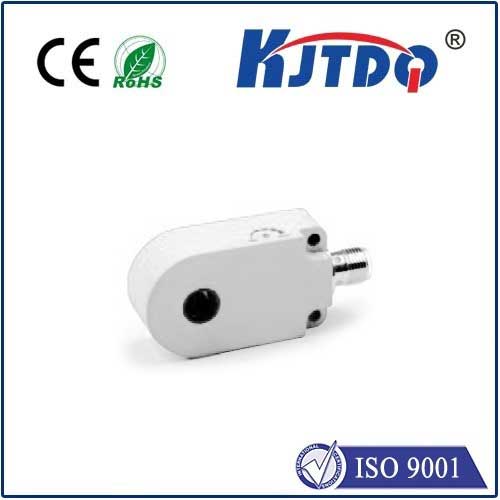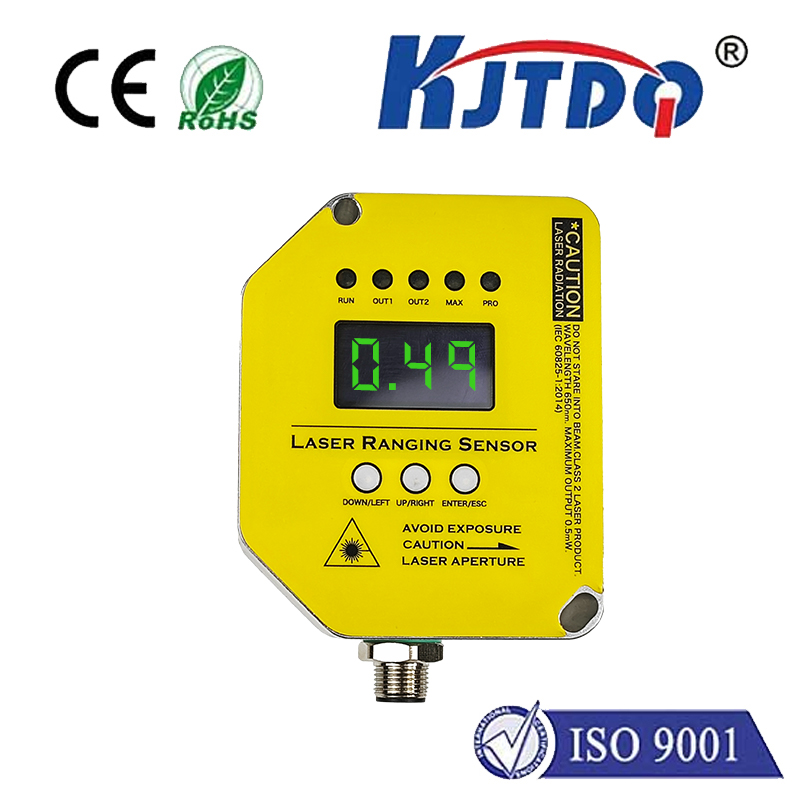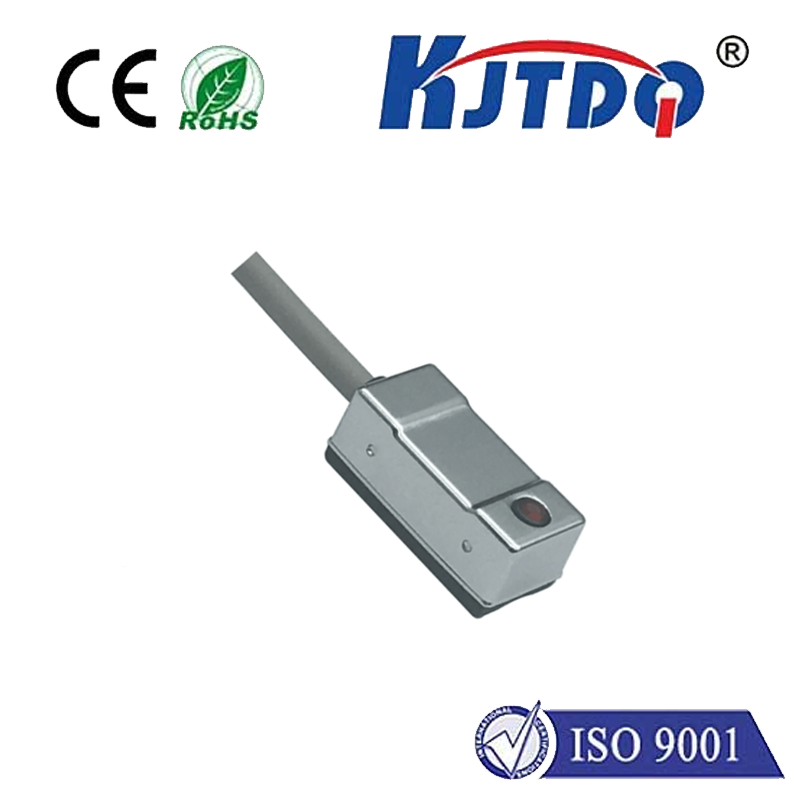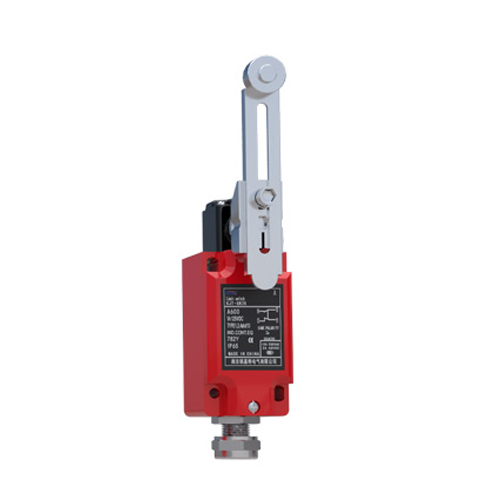analog temperature sensor
- time:2025-08-24 02:32:18
- Нажмите:0
The Analog Temperature Sensor: Precision Meets Simplicity in Thermal Measurement
Temperature. It’s a fundamental parameter influencing everything from the smooth operation of your smartphone processor to the freshness of food in your refrigerator, the efficiency of your car’s engine, and the comfort in your home. Accurately measuring this ubiquitous variable is critical across countless applications. Among the diverse range of sensing technologies available, the analog temperature sensor stands out as a cornerstone solution, prized for its inherent simplicity, reliability, and direct approach to providing thermal data.
Unlike its digital cousins that output processed binary codes, an analog temperature sensor delivers its reading through a continuous electrical signal – typically a varying voltage or resistance directly proportional to the sensed temperature. This raw, unmodulated output represents the sensor’s immediate response to thermal changes in its environment. Think of it as the sensor whispering the temperature level through the voltage level it speaks.
How Does the Magic Happen? Core Principles
The functionality of an analog temperature sensor hinges on fundamental physical properties that change predictably with temperature:

- Thermistors (Thermally Sensitive Resistors): These are arguably the most common type. They exploit the change in electrical resistance of semiconductor materials with temperature.
- NTC (Negative Temperature Coefficient) Thermistors: For these workhorses, resistance decreases significantly as temperature increases. They offer high sensitivity within specific temperature ranges, making them ideal for precise measurements like medical thermometers or environmental monitoring. However, their response is non-linear, often requiring calibration or signal conditioning circuits.
- PTC (Positive Temperature Coefficient) Thermistors: Here, resistance increases with increasing temperature. While less common for general sensing, they excel in self-regulating heating elements or overcurrent protection due to their sharp resistance increase at a critical temperature point.
- RTDs (Resistance Temperature Detectors): These sensors rely on the predictable increase in electrical resistance of pure metals (like platinum, nickel, or copper) with rising temperature. Platinum RTDs (Pt100, Pt1000) are the gold standard due to their exceptional accuracy, stability, and wide temperature range. While more expensive than thermistors, they are vital in industrial process control and laboratory settings where precision is paramount. Their characteristic is relatively linear compared to NTCs.
- Thermocouples: Operating on a different principle entirely, the thermocouple leverages the Seebeck effect. This phenomenon generates a small voltage when two dissimilar metal wires are joined at one end (the measuring junction) and the other ends are connected to measuring instrumentation (the reference junction). The voltage produced is proportional to the temperature difference between these two junctions. Thermocouples are incredibly rugged, capable of measuring very high (and very low) temperatures, and are widely used in industrial furnaces, gas turbines, and engine exhaust systems. However, they require a known reference junction temperature (cold junction compensation) for accurate absolute readings and produce a very low output voltage (millivolts).
The Analog Advantage: Why Choose This Path?
Choosing an analog temperature sensor often boils down to specific project requirements favoring their inherent characteristics:
- Simplicity & Cost-Effectiveness: The core sensor itself is often a simple, passive component (like a thermistor or RTD element). The interface electronics can be minimal, especially for less critical applications, leading to lower overall system cost. A basic voltage divider circuit might be all you need.
- Speed: Analog sensors typically provide a direct, continuous output. Without the overhead of an internal Analog-to-Digital Converter (ADC), complex communication protocols, or processing delays, they can offer very fast response times to temperature changes. This is crucial in applications like surge protection or monitoring rapidly shifting thermal conditions.
- Direct Representation: The output signal (voltage or resistance) is a direct, continuous analog of the temperature being measured. This can simplify calibration procedures and troubleshooting in some contexts.
- Low Power Potential: Passive sensors like thermistors and RTDs (when used with low excitation currents) and thermocouples (generating their own voltage) can operate with extremely low power consumption, ideal for battery-powered or energy-harvesting applications.
- Robustness: Particularly for thermocouples and some RTDs, analog sensors can be designed to withstand harsh environments (high temperatures, vibrations, certain chemicals) where more complex digital electronics might fail.
Analog vs. Digital: Situational Superiority
While digital temperature sensors (with integrated ADCs and serial interfaces like I2C or SPI) are immensely popular for microcontroller-based systems, the analog temperature sensor holds distinct advantages in specific scenarios:
- High-Speed Requirements: When thermal events happen rapidly, the instant analog response is unmatched by a digital sensor’s sampling and conversion cycle.
- Ultra-Low Power: For sensors constantly monitoring with minimal power (e.g., wireless sensor nodes sleeping most of the time), a simple passive NTC thermistor circuit can draw nanoamps, beating most digital sensors.
- Extreme Temperatures: High-temperature applications (e.g., > 125°C, common digital sensor limit) or very low temperatures often necessitate specialized RTDs or thermocouples without integrated silicon-based digital circuits.
- Cost-Sensitive Bulk Applications: In products manufactured in enormous volumes (like consumer appliances), saving even a few cents per sensor adds up significantly. Simple analog sensors often win here.
- Legacy Systems & Direct Analog Control: Integrating into existing analog control loops or systems without a digital microcontroller is straightforward with an analog output.
Ubiquitous Applications: Where Analog Sensing Shines
The analog temperature sensor finds its place in a vast array of fields:
- HVAC Systems: Monitoring room air, duct temperatures, coil temperatures, refrigerant lines.
- Automotive: Engine coolant monitoring, intake air temperature, cabin climate control, battery thermal management (especially HV systems), transmission fluid temperature.
- Consumer Appliances: Refrigerators, freezers, ovens, coffee makers, washing machines, dryers – controlling cycles and preventing overheating.
- Industrial Process Control: Monitoring fluids, gases, metal surfaces, bearings, motors within process lines and machinery. RTDs and thermocouples dominate here.
- Medical Devices: Patient temperature monitoring (ear thermometers, probes), incubators, diagnostic equipment.
- Power Electronics: Heat sink temperature monitoring for critical components like IGBTs, MOSFETs, ensuring safe operating limits.
- Environmental Monitoring: Weather stations, greenhouse controls, scientific data logging.
Choosing the Right Analog Sensor: Key Considerations
Selecting the appropriate analog temperature sensor involves evaluating several parameters:
- Temperature Range: What minimum and maximum temperatures must the sensor reliably measure?
- Accuracy & Linearity: How close must the reading be to the actual temperature? How important is a linear output?
- Response Time: How quickly must the sensor react to temperature changes?
- Physical Size & Form Factor: What constraints exist for mounting the sensor?
- Environmental Conditions: Will it face moisture, chemicals, shock, vibration, or electrical noise?
- Output Type & Signal Conditioning: Can your system handle resistance (NTC/PTC, RTD) or voltage (Thermocouple)? Is signal conditioning (amplification, linearization, filtering) needed?
- Cost & Long-Term Stability: What is the budget? How much drift (change in calibration over time/life) is acceptable?
The Enduring Relevance of Analog

